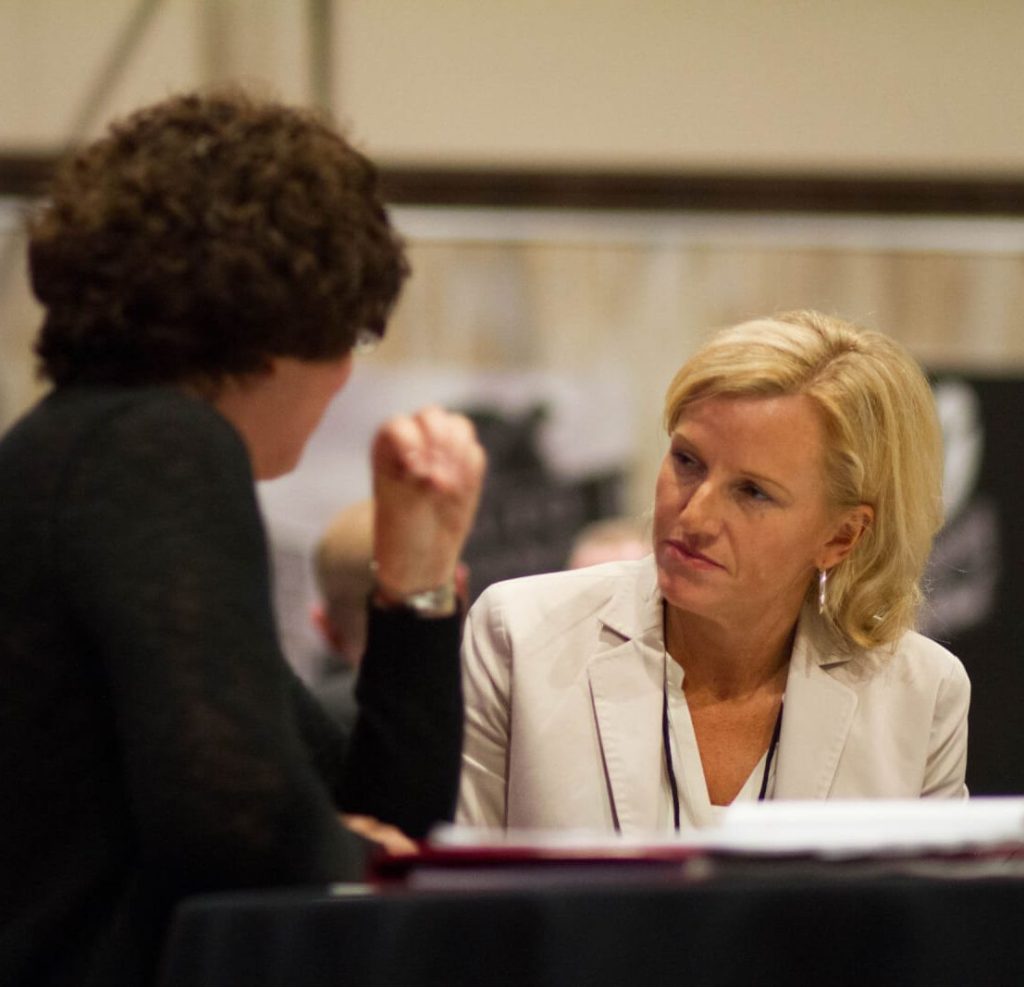Like all organizations, churches have certain bills and obligations that must be paid: utilities, mortgage or rent, missions commitments, vehicle expenses, staff payroll, insurance, and so on. As with all other areas of financial management, churches must be extra cautious when paying bills and obligations to ensure that integrity is maintained and that they remain above suspicion.

In order to maintain internal control of expenditures, churches should pay all bills and obligations by check. If the church maintains a petty cash fund for small purchases, it should be reimbursed at least monthly by issuing a check to cover the exact amount spent from petty cash. Receipts should be submitted to the treasurer at the time petty cash is reimbursed. Petty cash expenditures must be reconciled with receipts.
The primary purpose for petty cash is to pay for small and immediate expenditures. This allows the purchase of these inconsequential items without the time and expense of processing a check. However, there should be a maximum amount for which petty cash should be used. Many churches do not allow petty cash purchases to exceed $100.
Although it is recommended that all checks written over a certain amount (most churches allow $100 as the minimum) to have two signatures—the treasurer and one other cosigner (pastors should not sign checks under any circumstances). Amounts under the minimum usually need only one signature: the treasurer’s.
Although some churches demand two signatures for every check written to ensure accountability, it can be cumbersome to the treasurer and frustrating, if for some reason the cosigner is out of town or is unavailable.
Whether the church demands that every check have two signatures or two signatures beyond a minimum amount, under no circumstances should the treasurer or cosigner pre-sign blank checks or allow one signer to possess a rubber stamp signature of the other.
Every church, regardless of size, should have a bookkeeping and accounting system that identifies and charts different and various accounts. An accounts chart is a listing of all the different accounts used by the church. Usually, each account is assigned a number to help identify the account and to readily locate the account in the general account ledger.
Every account in the general account ledger should be listed in the accounts chart. Each account should include assets, liabilities, income, and expenses associated with that particular account.
Although every church needs a bookkeeping system that charts accounts, small churches that use a unified budget generally do not need as elaborate a breakdown as larger churches that have a number of different departments and use numerous separate accounts.
But, whether the church is large or small, all need to use account numbers to identify various accounts. Using an account number to identify an account will not only save time, but it will provide a neat and easy way to follow checks and to balance the accounting system.
The method of breaking down fund distributions can be done a number of ways. The most important thing is to use a method that provides the most information with the least amount of detail.
Nevertheless, the best system for churches is one that identifies each department by numbers and each account within a particular department with sub-numbers. There are many helpful resources available online to help churches with accounting and bookkeeping.
Originally posted 2/2/12.
Subscribe for Weekly Updates
"*" indicates required fields
Search
Christian Credit Counselors

Is credit card debt causing you stress and strain? Christian Credit Counselors would like to help!